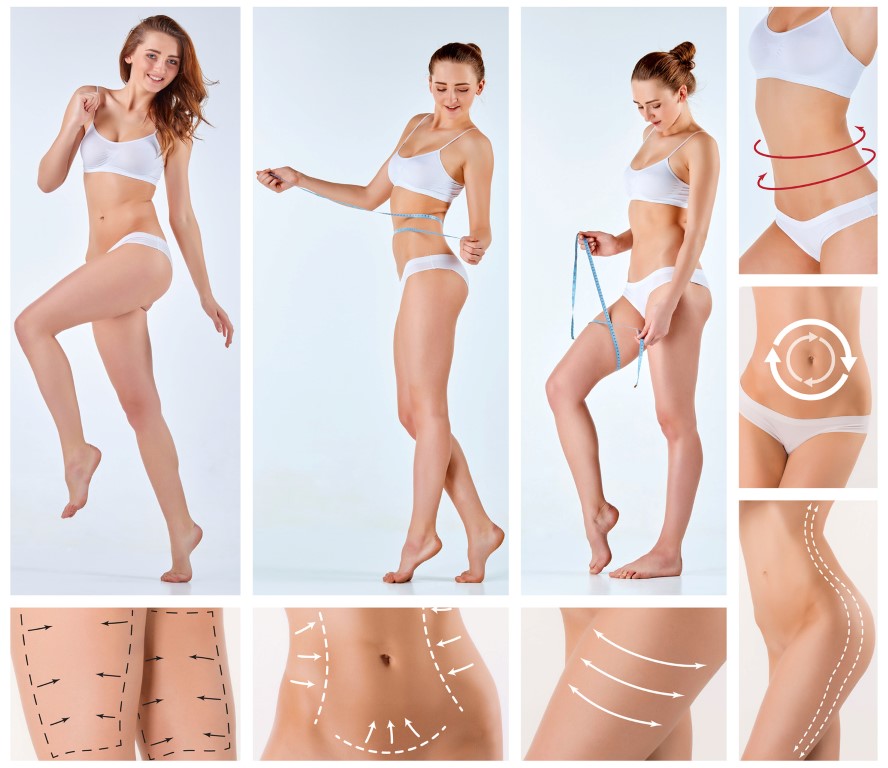Microlipoinjection , also called autologous fat transfer, is a procedure in which an individual’s own body fat is used to plump up sunken or emaciated areas of the face or to add volume where desired. The word “autologous” simply refers to the use of one’s own tissues or fat. Because the patient’s own fat is used, autologous fat transfer requires three steps. The first step involves the gentle liposuction of some excess fat (such as that found in the jowls, abdomen, thighs, or buttocks). The second step involves the isolation and cleansing of the fat cells. The third and final step involves the injection of the fat cells into the targeted facial areas (i.e., the fat cell transplantation).
Candidates
Facial fat injections can eliminate aspects of facial “wear and tear” that often appear with age, such as smile lines, frown lines, marionette lines (running from the sides of the mouth down to the chin), wrinkles and furrows, and hollows in the face (such as under the eyes or under the cheekbones). Lips that have lost volume may also be treated through fat transfer as can scars or depressions in the face from scars (such as those from acne). Individuals with one or more of these conditions may be good candidates for autologous fat transfer.
Preparing for the Fat Transfer Procedure
A fat transfer procedure performed alone (that is, not with another procedure such as extensive body contouring) is usually done with local anesthesia only, not general anesthesia that would put the patient to sleep. Some physicians may also offer an oral sedative for patients who are more apprehensive, but this isn’t usually needed. The type and amount of anesthesia depend in part on the amount of liposuction and fat transfer you require, which will be determined by your doctor.
A fat transfer procedure can usually be performed as an outpatient procedure at your cosmetic surgeon’s office. You should avoid the use of blood thinners such as ibuprofen (Motrin® and Advil®), aspirin, and Naprosyn® for two weeks before the fat transfer procedure. Since there’s no risk of an allergic reaction to your own fat cells, there’s no need for pre-procedure allergy testing.




